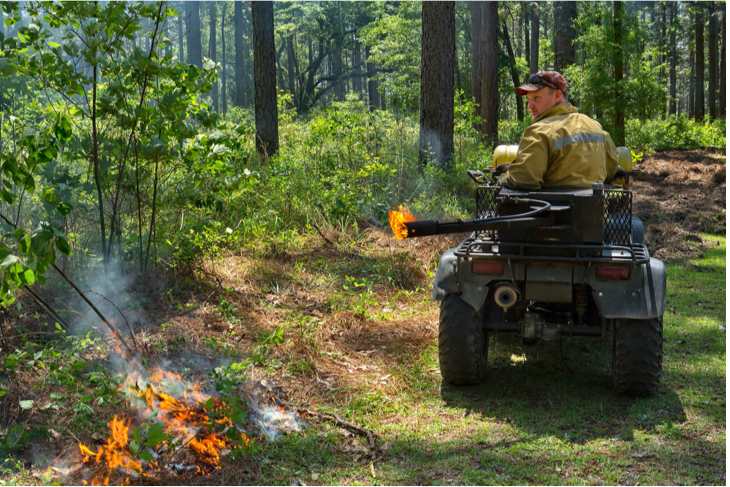Natural Resources Research & Management
Natural Resources Research & Management
Ichauway is a diverse property containing longleaf pine forests, wetlands, a river, a stream, agricultural fields, and so much more. The charge of our Conservation program is to manage and maintain excellence in all aspects of our land and facilities.
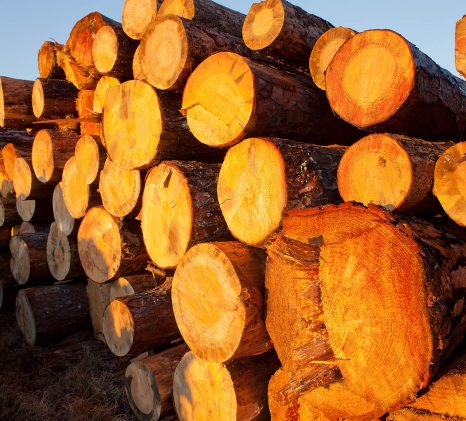
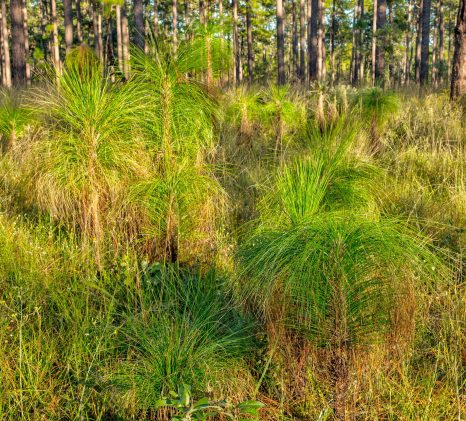
Technical management information for The Jones Center and beyond, showcasing Ichauway as an example of sound resource management in the region.
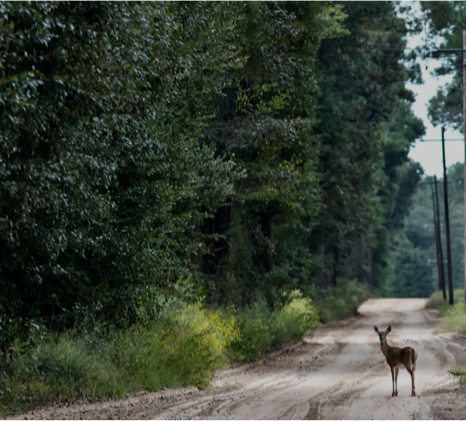
This allows these programs to inform one another, and incorporates diverse activities into a management model that balances multiple values in the context of a deeply rooted land ethic.
Prescribed fire is the primary land management tool for managing the forest and wildlife resources of Ichauway–it is the constant treatment across all forested areas of the property. Healthy longleaf pine forests depend on frequent fire, making prescribed fire necessary for managing this forest type. In the absence of fire, longleaf pine forests shift to hardwood dominated forests over time. The unique plants and animals found in longleaf pine forests have adapted to frequent fire and depend on it to maintain their preferred habitat structure.
At Ichauway our staff burns approximately sixty percent of our forested acres annually, which results in a two-year fire-return interval or less. We set all fires using ground ignition techniques, primarily from 4-wheel ATV. We conduct prescribed fires throughout the year, depending on resource objectives, and on average, about 35% of our burning occurs during the growing season. This fire regime helps to maintain the structure and function of the natural longleaf pine forest and also maintains lower fuel loading that minimizes the damaging effects of wildfire.
Our prescribed fire program is objective-driven; primary objectives include fuel reduction, wildlife management, burning for research, and longleaf pine ecosystem management and restoration. Smoke management is of special concern for every fire, and proper smoke management planning is an essential part of our prescribed fire program. All areas treated with prescribed fire in a given year receive a post-burn assessment and these data are used to determine whether fire objectives were met and which areas will require specific fire conditions in future burns.
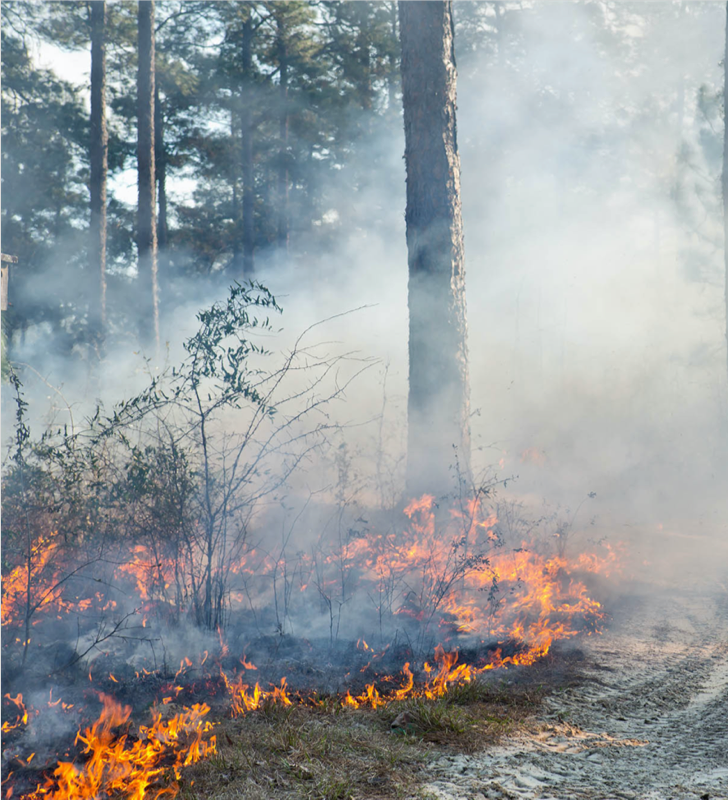
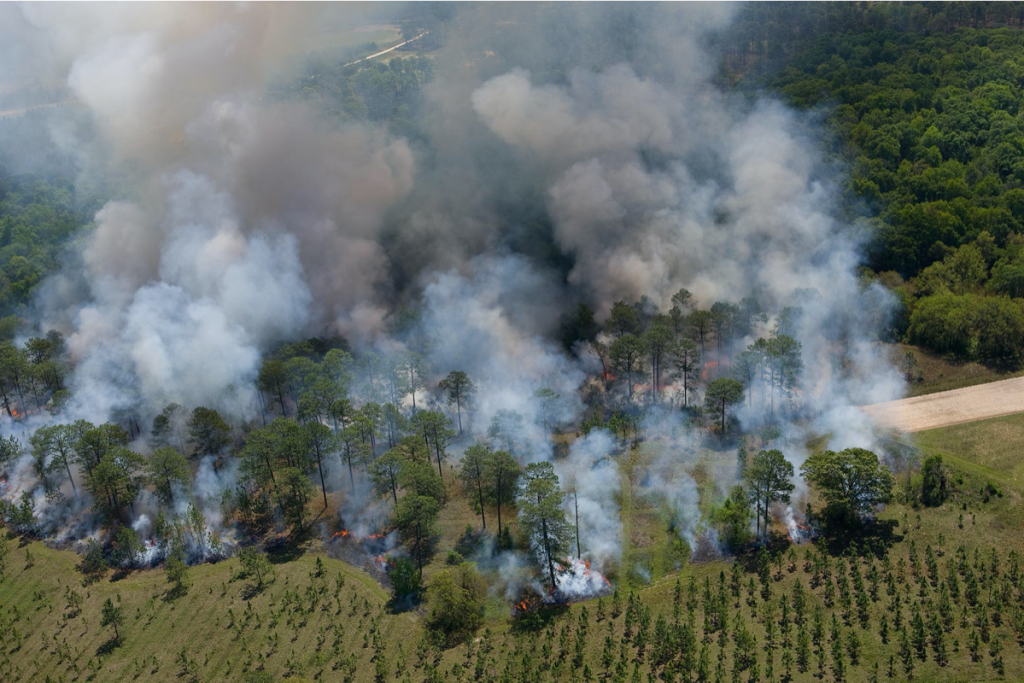
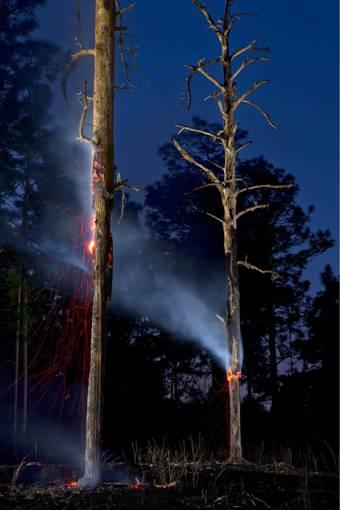


Prescribed fire is the primary land management tool for managing the forest and wildlife resources of Ichauway–it is the constant treatment across all forested areas of the property. Healthy longleaf pine forests depend on frequent fire, making prescribed fire necessary for managing this forest type. In the absence of fire, longleaf pine forests shift to hardwood dominated forests over time. The unique plants and animals found in longleaf pine forests have adapted to frequent fire and depend on it to maintain their preferred habitat structure.
Several management tools are utilized in upland areas requiring restoration. Old fields and agricultural areas are planted with longleaf pine, with ground cover plant species introduced once a regular and effective fire regime has been established. Ground cover plants are typically established using direct seeding techniques, with seed collected from native plants on site (e.g., wiregrass and Indian grass) when available in sufficient quantities for operational-scale establishment. Areas with off-site tree species (typically species of semi-deciduous oaks) and/or invasive exotic plant species are managed with a combination of mechanical and chemical treatments.
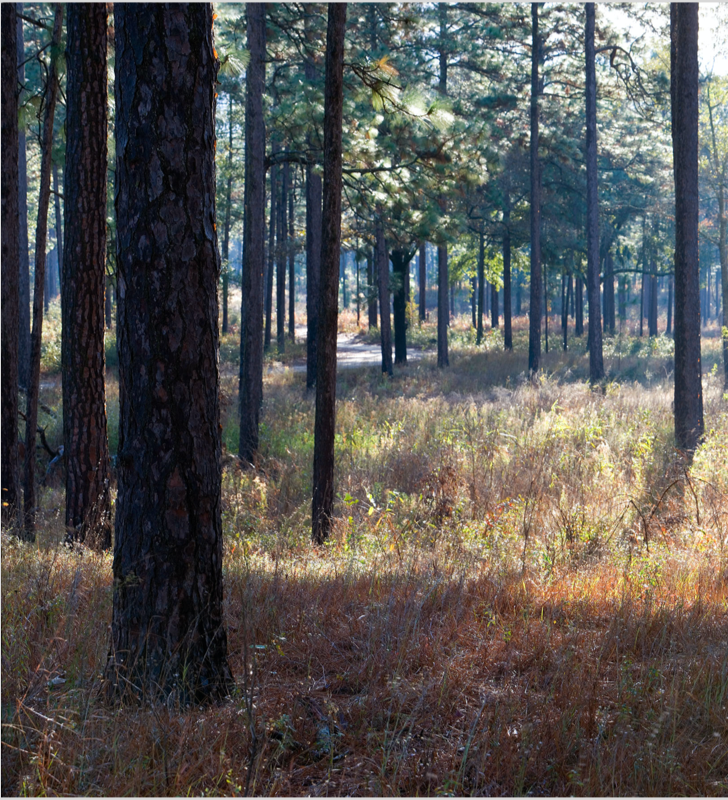
However, the Center’s philosophy towards wildlife management is holistic rather than centered around single species, and management actions are intended to provide benefits to the system as a whole. We manage the Ichauway property in a way that provides quality habitat for the range of species endemic to the longleaf pine ecosystem.
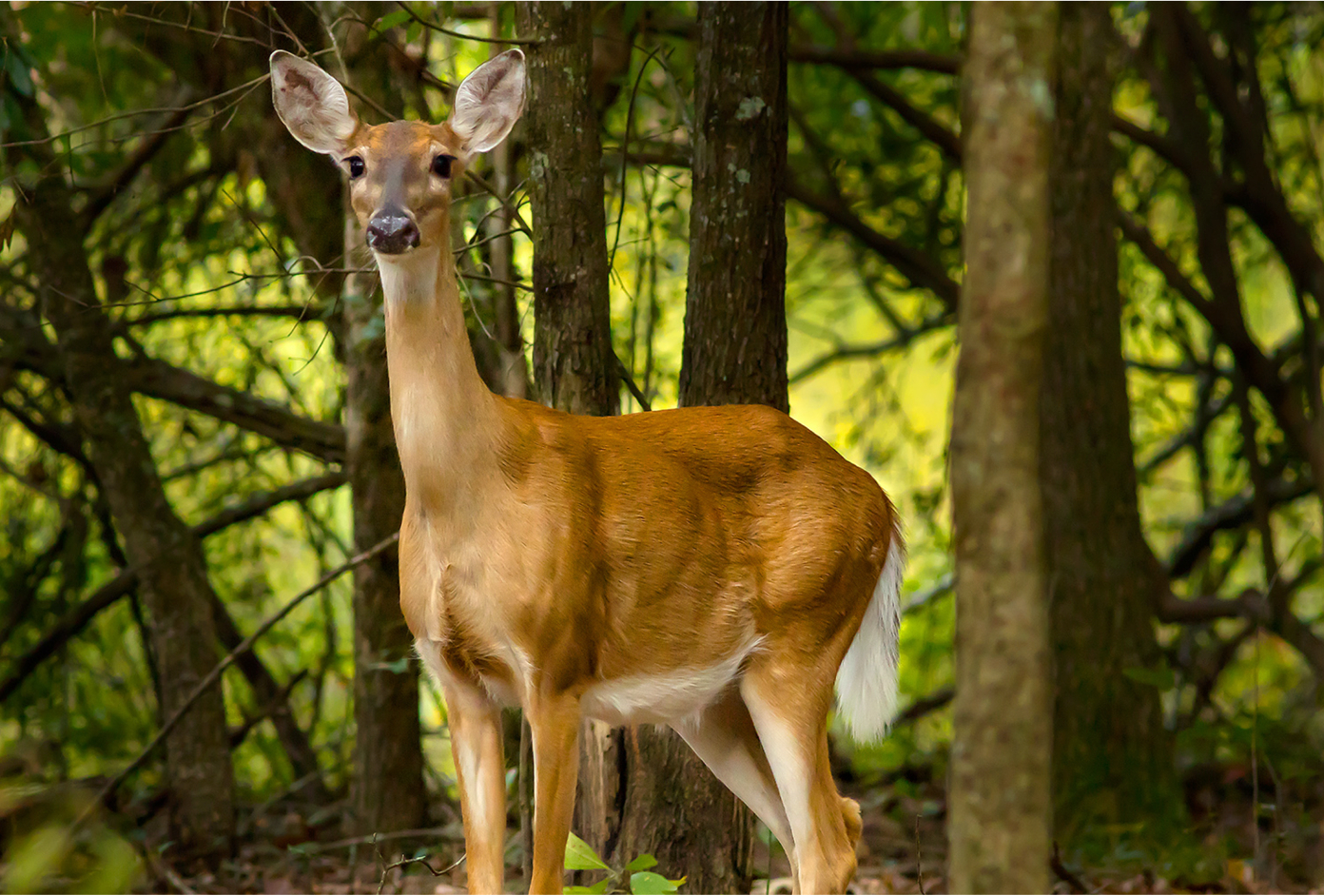
Ichauway is host to several wildlife species of conservation concern with approximately 50 endangered, threatened, or special concern species, both plant and animal, found on site. Our nongame wildlife management program focuses on these species. These include the
The Center’s land management activities support populations of these important species largely through maintenance of an intact, high-quality longleaf pine ecosystem that is maintained with frequent fire. Restoration of the red-cockaded woodpecker is an example of more active management for a particular species and has been a major focus of the Conservation program at the Center. The population has increased from one red-cockaded woodpecker family group in 1999 to over 35 groups today. Red-cockaded woodpecker management activities include frequent prescribed burning, maintenance and installation of cavities, translocation, and restoration of habitat.
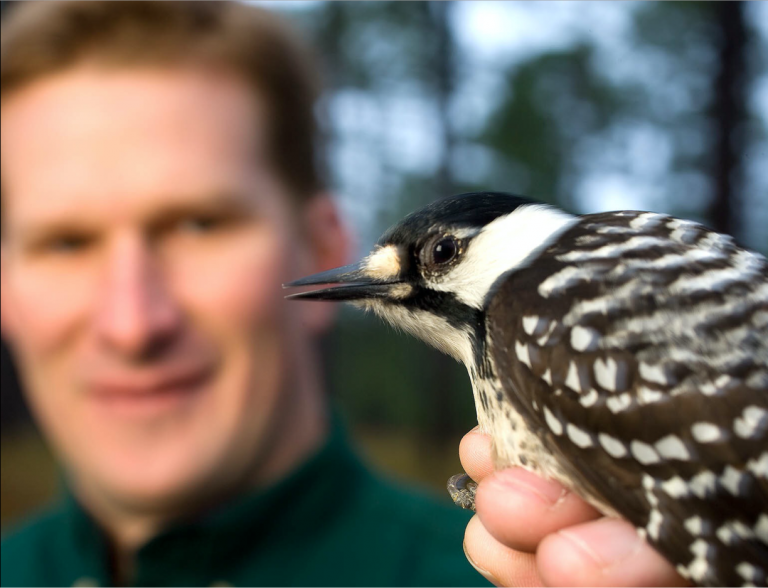
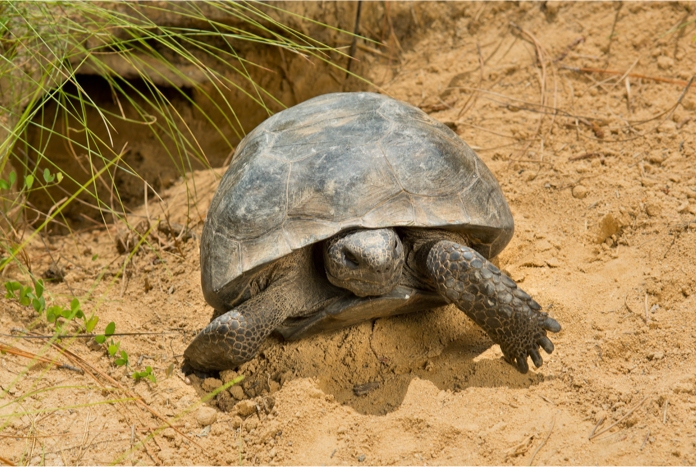
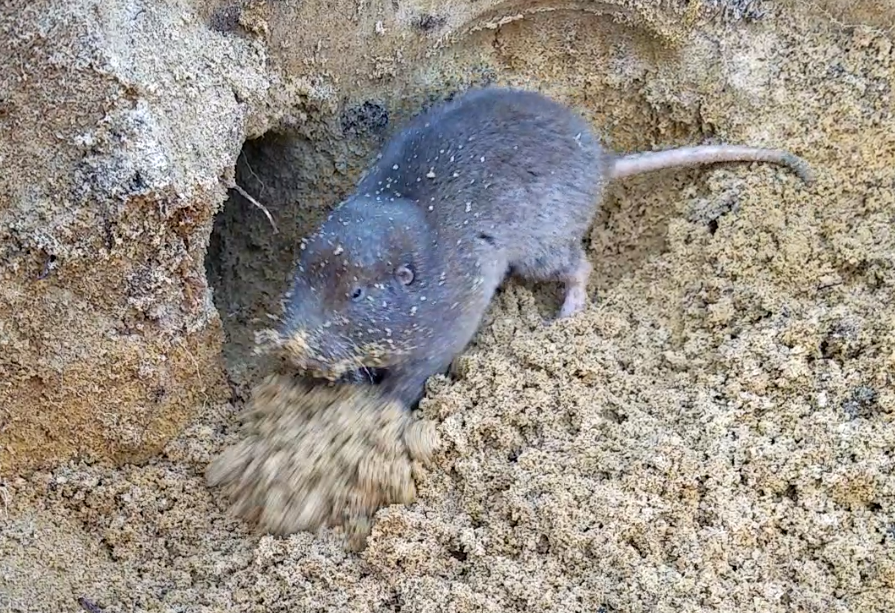
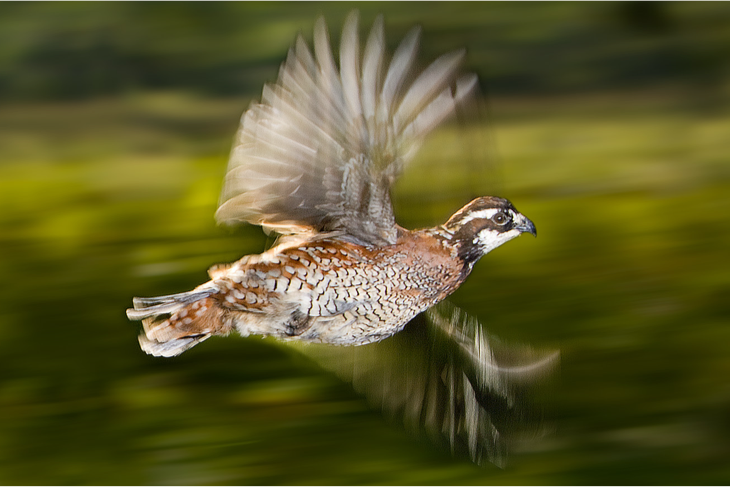


Our resource monitoring program focuses on documenting long-term changes and trends in species, communities, and management activities.
Example of this long-term monitoring include
Water resources staff conduct long-term aquatic monitoring rivers, streams, and geographically isolated wetlands.
Our forest monitoring program, established in 2001, involves repeated measurements from a series of permanent plots to estimate change in conditions over time. These long-term data are used to quantify existing conditions for each community across the property and are valuable for detecting changes from on-going and historical management activities. Data collected from monitoring activities is shared with scientific research staff and has been used in the development of publications and location of research activities.
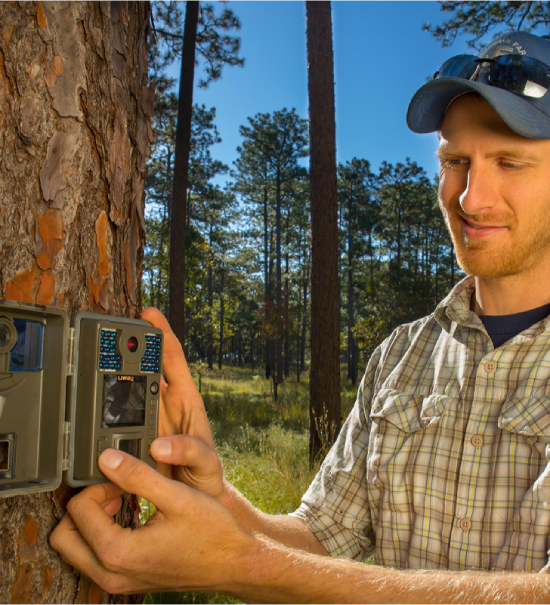
The Ichauway Conservation Fellowship trains professionals to work in conservation-oriented land management. The program provides practical, hands-on experience in natural resource management and restoration of longleaf pine ecosystems. As a component of this program, Fellows concurrently pursue a non-thesis MS degree in natural resources. Please see our Graduate Student page for more information on this program.
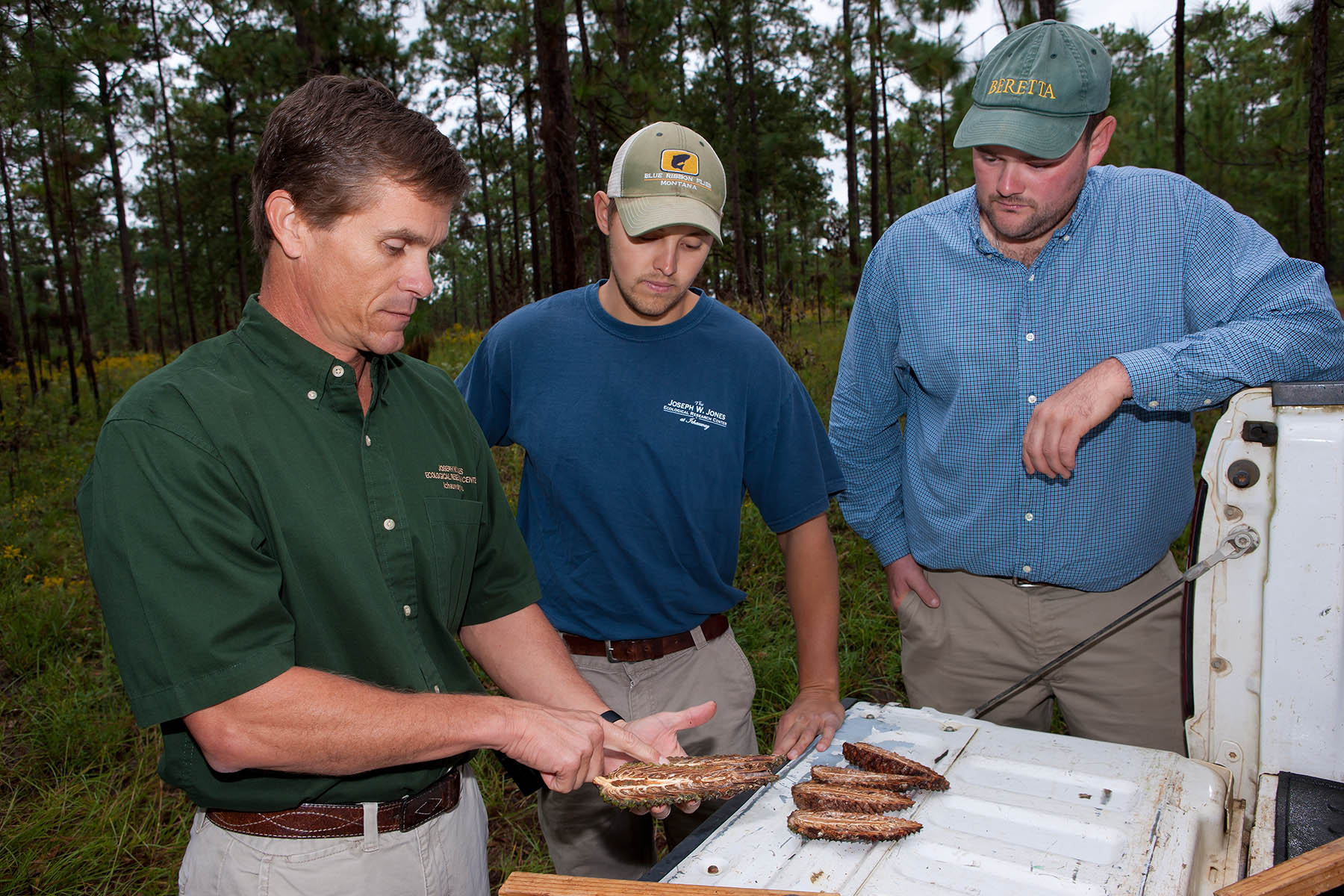
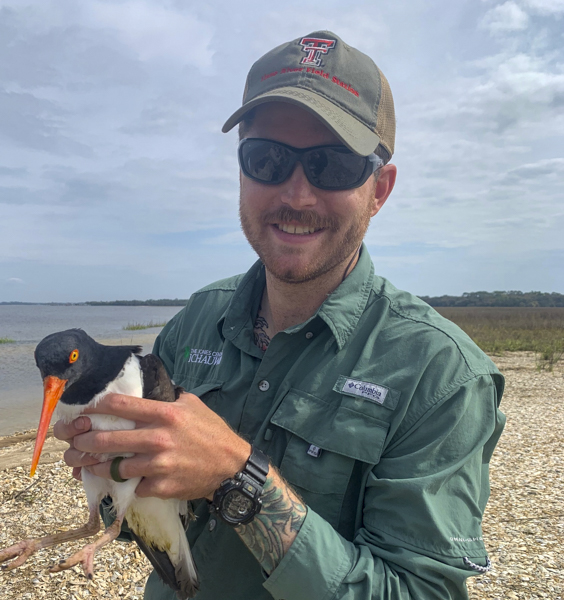
Completed Program: 2021
Currently: U.S. Department of Defense, Fort Knox
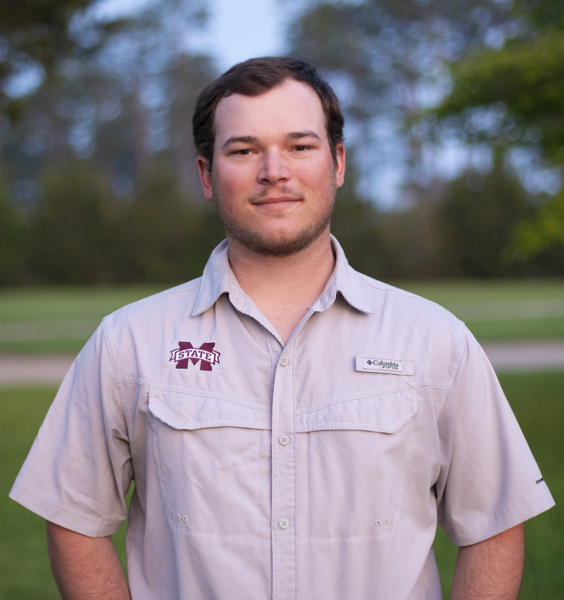
Completed Program: 2025
Currently: Baseline Forest Services
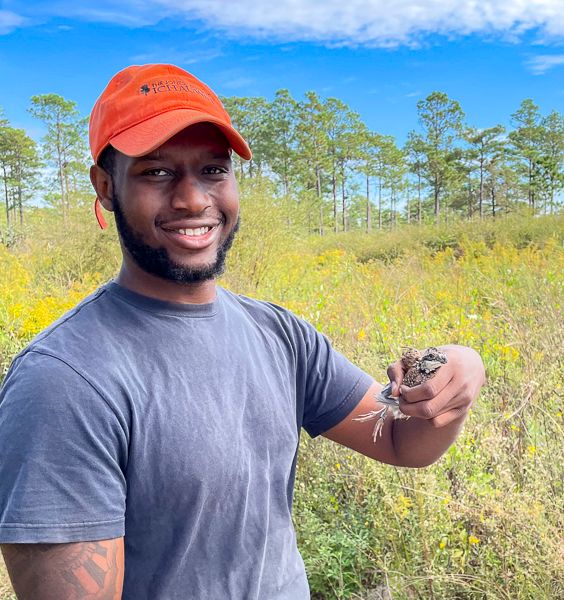
Completed Program: 2023
Currently: U.S. Forest Service
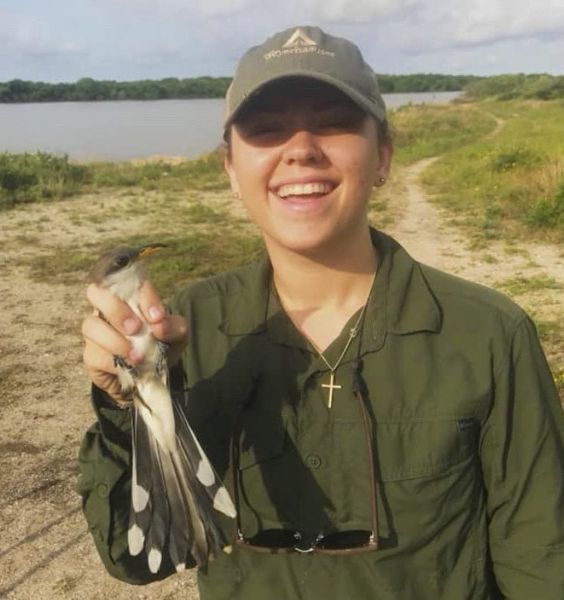
Completed Program: 2021
Currently: Missouri Department of Conservation
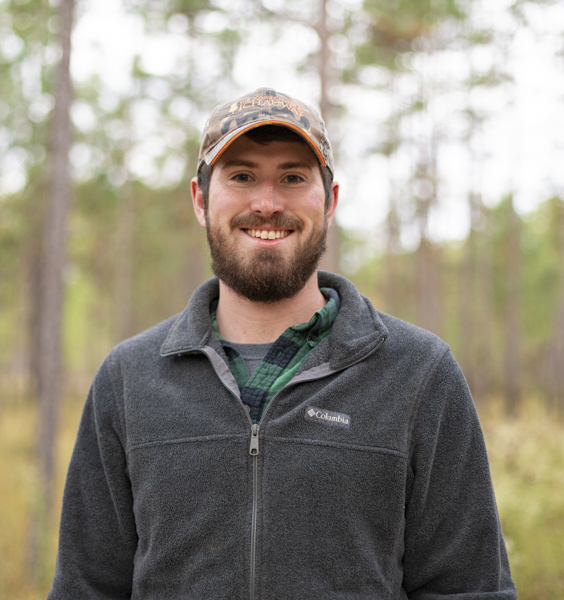
Completed Program: 2024
Currently: Fort Moore/Auburn University
An important aspect of the Conservation Program is the support of Jones Center research activities and maintenance of the Center’s facilities, equipment, and grounds. The Conservation program provides both technical and practical assistance to the research program of The Jones Center. In particular, the Conservation group coordinates site-use requests and helps to locate projects in appropriate site conditions, maintains and repairs complex scientific equipment, constructs research-related facilities, provides practical resource management (especially prescribed fire) activities for projects, and contributes co-investigators for applied research projects.
